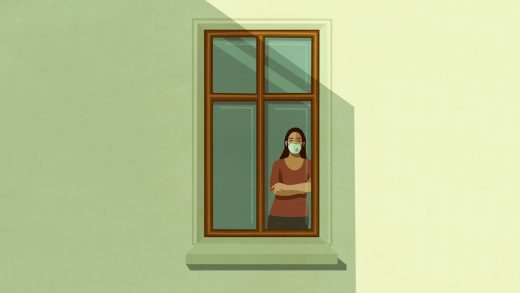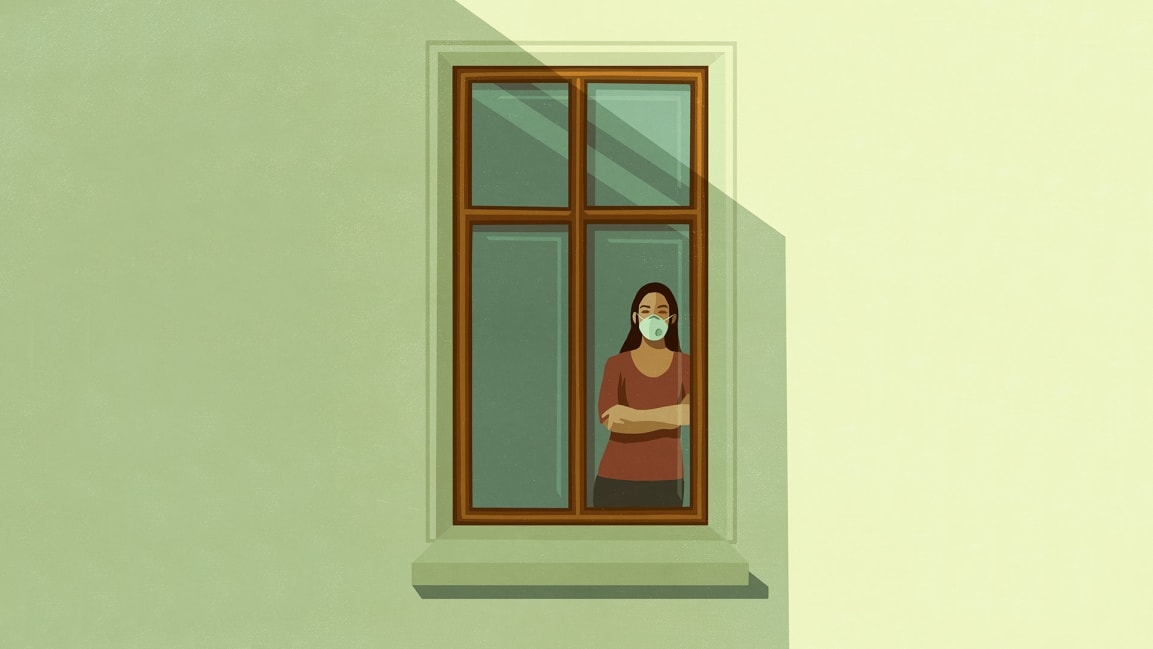Why global leaders are terrified about ‘social cohesion erosion’
The global pandemic has blazed a long trail of upheaval, the vast majority of it bad: surging inflation rates, small business devastation, and a death toll that’s climbed above the last 10 years of casualties from the flu. But according to a new report from the World Economic Forum (WEF), that’s not the worst of it: What we should fear most is “social cohesion erosion.” That’s the fastest-growing threat to our planet since the COVID crisis struck.
What exactly is social cohesion erosion? you ask.
If you think it sounds scary, it’s not just you. The WEF says it’s “perceived as a critical threat to the world across all time spans—short, medium, and long term—and is seen as among the most potentially damaging for the next 10 years.” Social cohesion worsens upon rising divisions and polarization in society—as income inequalities are exacerbated by the pandemic’s lopsided recovery, for example, with 51 million people projected to live in extreme poverty by 2030 while billionaires grow richer than ever. Erosion also lurks in the fissures created by opposing viewpoints vaccines and on face-mask mandates, and in the rallying cries for long-awaited racial justice in historically oppressed communities.
Put simply, it’s the crumbling of civil society, fractured by divergent forces from within. Consider the attack on the U.S. Capitol led by Donald Trump supporters a year ago; that’s “one manifestation of the instability that political polarization risks creating,” the report says. In the pessimistic scenario, it’s just a harbinger of what’s to come. And voters seem to feel it looming: In a recent poll, they named “division in the country” as their greatest worry, and said they expected it to increase in 2022.
It’s not just domestic, either. Social fraying endangers global populations, as a sense of disenfranchisement grows in large swaths of the world, especially amid a lack of collaboration among powerful governments, which have largely failed to help developing nations crawl out of the pandemic, resolve humanitarian crises, or fight natural disasters wrought by climate change. Environmental neglect, extreme weather, and biodiversity loss were also cited among the top risks we face today.
A gloomy flowchart in the WEF’s report lists the possible offspring of social cohesion erosion, including:
Pair that with “mental health deterioration,” another side effect of the pandemic, and it gets even scarier. All of that could come as a slow burn, with fallout covering the next decade.
However, risk-mitigation efforts do exist, including those for poverty alleviation, human health crises, and basic resources security—all of which the WEF says, comfortingly, are almost 50% effective.
Other risks the report cites include geopolitical rivalries, such as rising competition between the United States and China, and crowding in space as leading militaries race to control the skies with anti-satellite and hypersonic weapons. But, as with many of the world’s ills, the WEF notes that the latter could still be remedied if “countries come together to ensure common benefits” and work together to share what should be a universal resource.
The findings come from WEF’s 2021-2022 Global Risks Perception Survey, which included input from about 1,000 “global experts and leaders.” You can see the full dataset and responses here.
(47)



